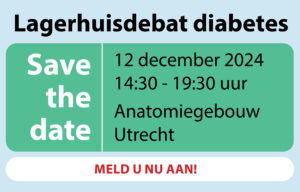Cardiovascular outcome trials have provided evidence that sodium–glucose cotransporter 2 inhibitor (SGLT2i) treatment is associated with remarkably favorable cardiovascular outcomes. Here, we offer a novel hypothesis that may encompass many of these hypothetical mechanisms, i.e., the ability of SGLT2i to modify the trajectory of cell response to a toxic environment through modifications of cellular life history programs, either the defense program or the dormancy program. The choice between these programs is mainly determined by the environment. Hyperglycemia can be considered a toxic determinant able to interfere with the basic programs of cell evolution. While the defense program is characterized by activation of the immune response and anabolic metabolism, the dormancy program is an energy-preserving state with high resistance to environmental stressors, and it has strong analogy with animal hibernation where fuel is stored, metabolic rate is suppressed, and insulin secretion is reduced. The metabolic changes that follow treatment with SGLT2i are reminiscent of the metabolic picture characteristic of the dormancy program. Therefore, we hypothesize that the beneficial cardioprotective effects of SGLT2i may be related to their ability to switch cell life programming from a defense to a dormancy state, thus lending additional benefit.
Patiëntvoorbeelden m.b.t. vergoeding
- ten laste van verzekeraar
- geen vergoeding door verzekeraar


